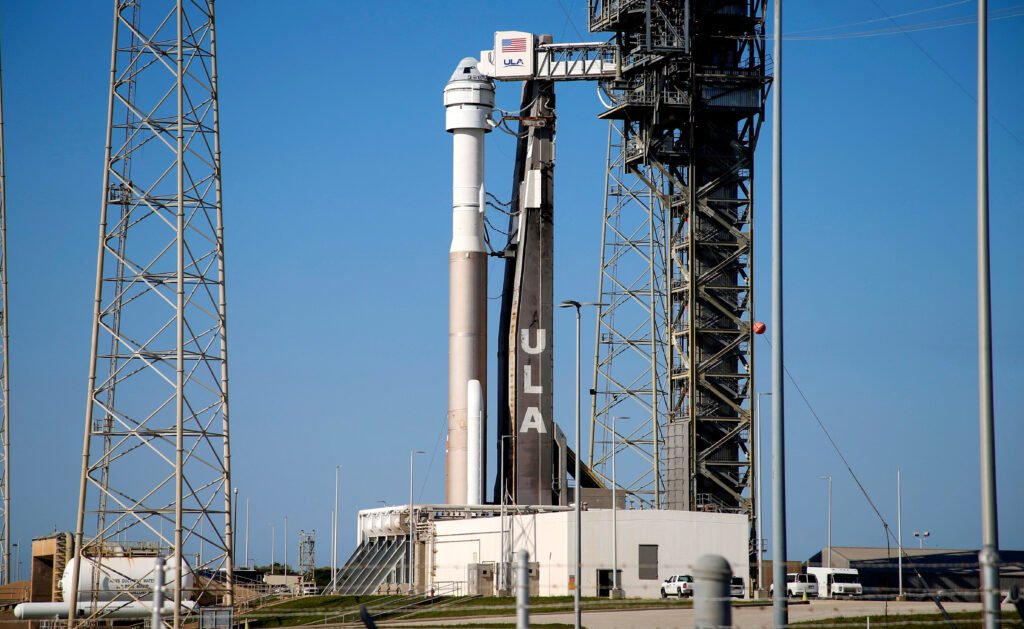
Boeing’s Starliner capsule embarked on its first crewed test flight to the International Space Station (ISS) on Wednesday, following previous setbacks. The launch is aimed at certifying Boeing as NASA’s second commercial operator for ferrying crews to the ISS, joining SpaceX in this critical role.
The liftoff occurred at 10:52 am (1452 GMT) from the Cape Canaveral Space Force Station in Florida, with the mission planned to last approximately one week at the ISS. The previous attempt on Saturday was aborted less than four minutes before liftoff due to a ground launch computer’s automatic hold, which was traced to a faulty power supply that has since been replaced. Another attempt on May 6 was canceled due to a valve issue on the United Launch Alliance Atlas V rocket.
Astronauts Butch Wilmore and Suni Williams, both experienced ex-Navy test pilots, were once again ready and in their seats for this launch. Despite the setbacks, they remained optimistic as they waved goodbye to their families and headed to the launchpad in the astrovan.
The Starliner program has faced numerous challenges, including safety concerns and delays. A successful mission is crucial for Boeing, which has also been dealing with safety issues related to its passenger jets. NASA is eager to certify Boeing as a commercial partner for transporting crews to the ISS, a role SpaceX has fulfilled for the past four years.
“Wishing them best of luck!” tweeted SpaceX CEO Elon Musk.
Both Boeing and SpaceX received multibillion-dollar contracts in 2014 to develop crew capsules, following the end of the Space Shuttle program that left the US reliant on Russian rockets. Despite Boeing’s long history in aerospace, its Starliner program has lagged behind SpaceX, facing issues such as a software bug during its first uncrewed test and the discovery of flammable electrical tape in the cabin after the second test.
During preparations for this launch, a small helium leak was found in one of Starliner’s thrusters. Rather than disassemble the spacecraft, NASA and Boeing deemed it safe to proceed with the mission.
Wilmore and Williams will rigorously test Starliner, including taking manual control during the journey to the ISS. During their stay, they will continue evaluating the craft, simulating scenarios to ensure its readiness as a safe haven in case of emergencies on the ISS.
Upon completing their mission, Starliner will undock and re-enter Earth’s atmosphere, with the crew experiencing 3.5G forces as they decelerate from 17,500 miles per hour (28,000 kph) to a parachute and airbag-assisted landing in the western United States.
Sources By Agencies
 Digital Scoop India Official Platform of Digital Scoop India Featuring Latest & Best News #Articles #Bytes #Entertainment #DigitalScoopMagazine
Digital Scoop India Official Platform of Digital Scoop India Featuring Latest & Best News #Articles #Bytes #Entertainment #DigitalScoopMagazine



